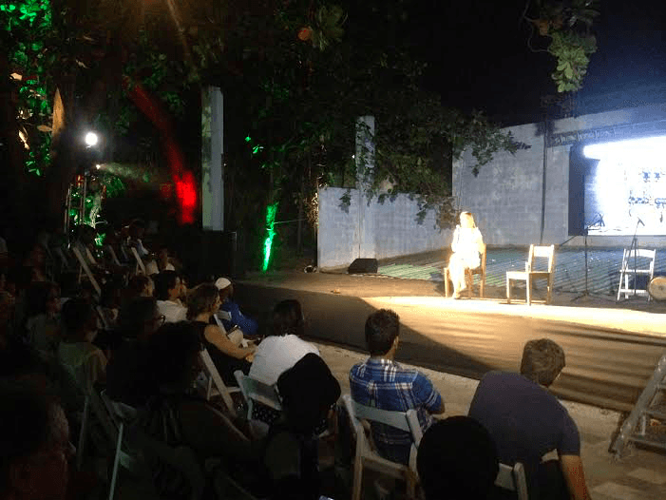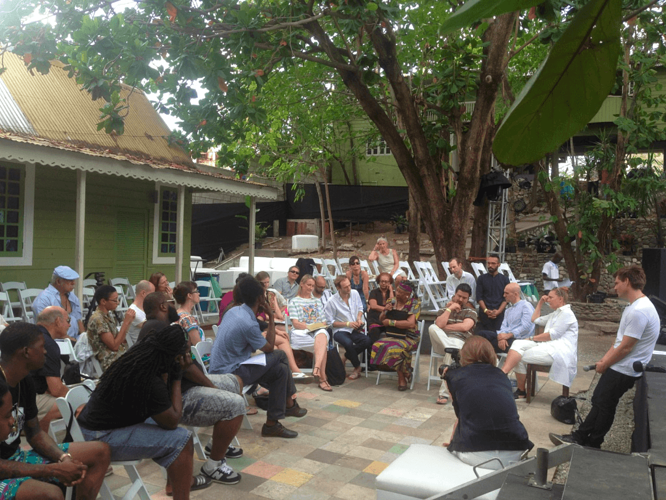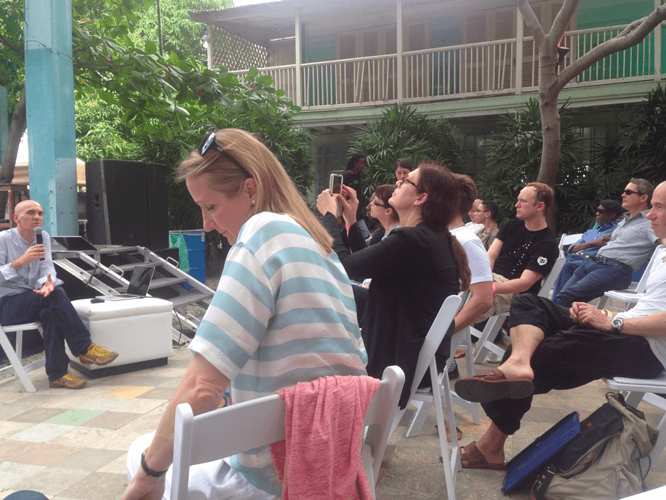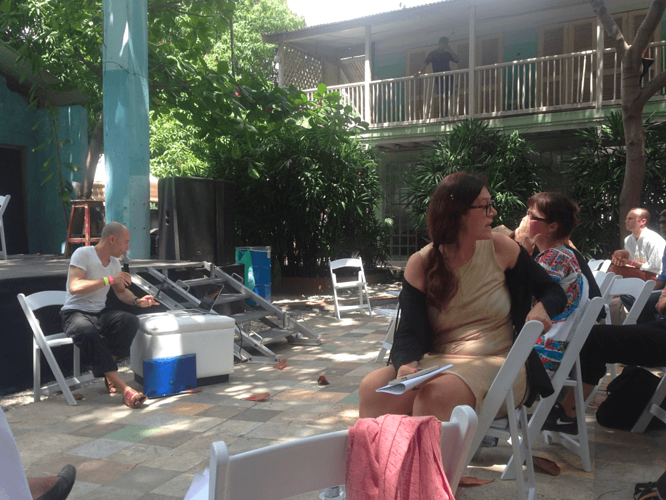The Current Convening: The Kula Ring, A Gifting Economy
Convening organized by TBA21, Vienna
March 16-17, 2016
at_space, West Kings House Road, Kingston, Jamaica
The Kula Ring, A Gifting Economy is the first iteration of TBA21’s The Current, a transdisciplinary expedition project merging scientific, environmental, and artistic research around ocean conservation and climate change.
The two-day event will include presentations, talks, and performances by Cyrill Gutsch (founder of Parley for the Oceans, USA); artist Lucy Orta, Oskar Mestavhat (physician, artist, environmentalist, Brazil); Lorena Garcia Castro and Lena Rossbach (graduate students, HfG Karlsruhe); artists and TBA21 The Current Fellows Armin Linke, Newell Harry, Laura Anderson Barbata, Jegan Vincent de Paul, and Tue Greenfort; curator and TBA21 The Current Expedition Leader Ute Meta Bauer; choreographer Chris Walker; performer Amina Blackwood Meeks, custodian of the oral tradition; TBA21 Chairperson and Founder Francesca von Habsburg; Justine Henzell, producer and director, Founder Calabash Literary Festival; Markus Reymann, Director, TBA21 The Current; oceanographer Patrick Heimbach (Visiting Associate Professor, Department of Earth, Atmospheric and Planetary Sciences (EAPS),Massachusetts Institute of Technology); writer Annie Paul; Editor in Chief of art-agenda Filipa Ramos; experimental electronic musician Mika Vainio; and Professor of Literary and Cultural Studies Carolyn Cooper.
For a detailed schedule, click here for the Facebook invite.
Following the initial ten-day expedition to Milne Bay Province in Papua New Guinea of TBA21’s The Current, on board of the research vessel Dardanella, The Kula Ring, a Gifting Economy and the Convening explore the possibilities to engage in forms of translocal exchanges, echoing the Kula gift rituals.
The first day of the Convening will focus on field trips, workshops, performative events, and presentation of materials, while on the second day there will be lectures, performances, screenings, roundtables and “Thematic Tables” shared between speakers and audience.
Writer and Editor in Chief of art-agenda Filipa Ramos will provide live coverage of the event for e-flux conversations March 16-17.
*Image: The Dardanella anchored at Dina’s beach, Milne Bay, Papua New Guinea, October 2015. Copyright TBA21.






